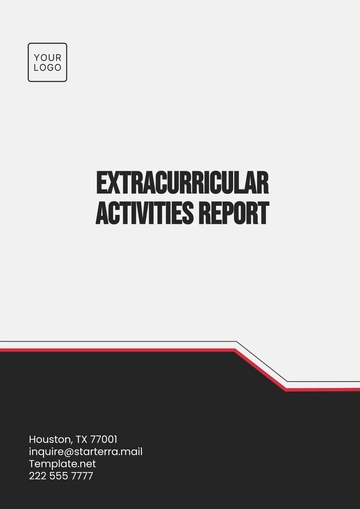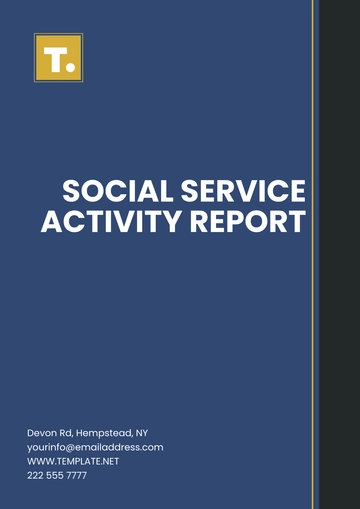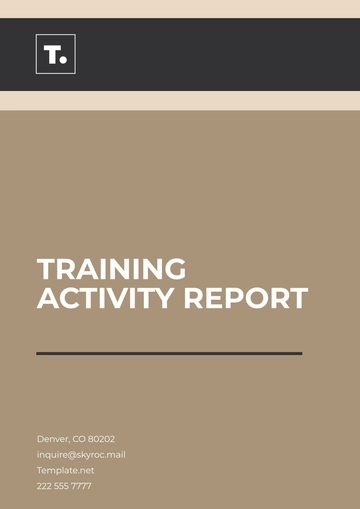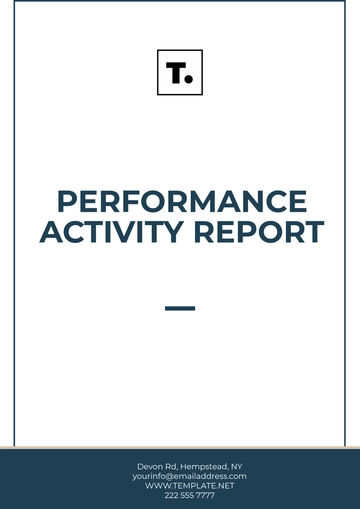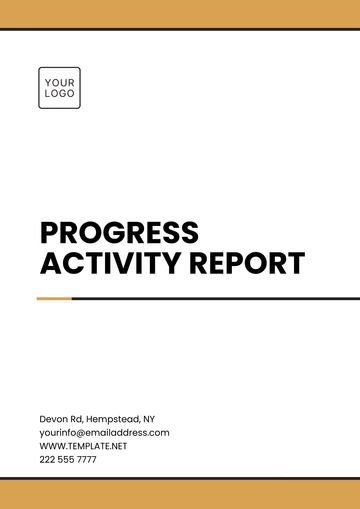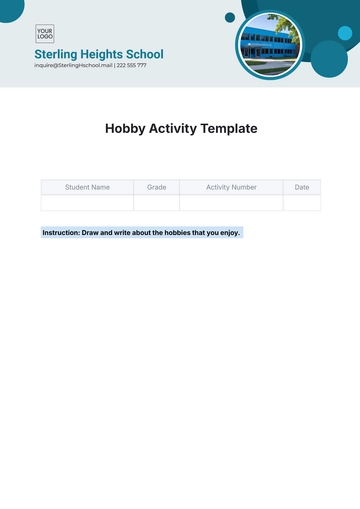Warehouse Daily Activity Report
Prepared by: [YOUR NAME]
Company: [YOUR COMPANY NAME]
Date: [DATE]
Department: [YOUR DEPARTMENT]
I. Introduction
The [YOUR DEPARTMENT] at [YOUR COMPANY NAME] is responsible for ensuring efficient resource allocation to meet workload demands and operational requirements within the organization. This report aims to provide an overview of the resource allocation process, including staffing levels, equipment utilization, and allocation strategies.
II. Methodology
To conduct this resource allocation analysis, data was gathered from various sources including:
[YOUR DEPARTMENT] records on staffing levels and schedules.
Equipment usage logs and maintenance reports.
Workload forecasts and historical data analysis.
Stakeholder interviews to understand operational requirements and priorities.
III. Current Resource Assessment
A. Staffing Levels
[YOUR DEPARTMENT] currently employs [NUMBER] staff members.
Staffing levels are evaluated based on workload forecasts and historical data analysis.
The optimal staffing level is determined to ensure sufficient coverage for daily operations while minimizing overhead costs.
B. Equipment Utilization
The department utilizes various equipment and tools to support operational activities.
Equipment usage is monitored to assess efficiency and identify opportunities for optimization.
Maintenance schedules are implemented to ensure equipment reliability and longevity.
IV. Workload Demands Analysis
A. Workload Trends
Workload demands fluctuate based on seasonal factors, market trends, and project requirements.
Historical data analysis is conducted to identify patterns and forecast future workload trends.
Anticipated workload variations are taken into account when planning resource allocation.
B. Operational Requirements
Operational requirements include both routine tasks and project-specific activities.
Each task is assessed in terms of resource requirements, time constraints, and skill sets.
Resource allocation is adjusted to align with operational priorities and project deadlines.
V. Findings
Staffing levels are adequate for current workload demands, but adjustments may be needed during peak periods.
Equipment utilization rates vary across different shifts, indicating potential opportunities for optimization.
Workload demands exhibit seasonal fluctuations, highlighting the need for flexible resource allocation strategies.
VI. Recommendations
Based on the findings, the following recommendations are proposed:
Implement cross-training initiatives to enhance workforce versatility and flexibility.
Conduct a thorough review of equipment maintenance procedures to minimize downtime.
Explore the possibility of outsourcing non-core tasks during periods of high demand to alleviate internal resource constraints.
VII. Conclusion
Effective resource allocation is essential for maintaining operational efficiency and meeting organizational goals. By analyzing workload demands, assessing operational requirements, and implementing strategic allocation strategies, [YOUR DEPARTMENT] can optimize resource utilization and enhance overall performance.
Report Templates @ Template.net







